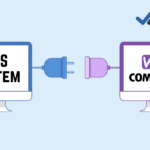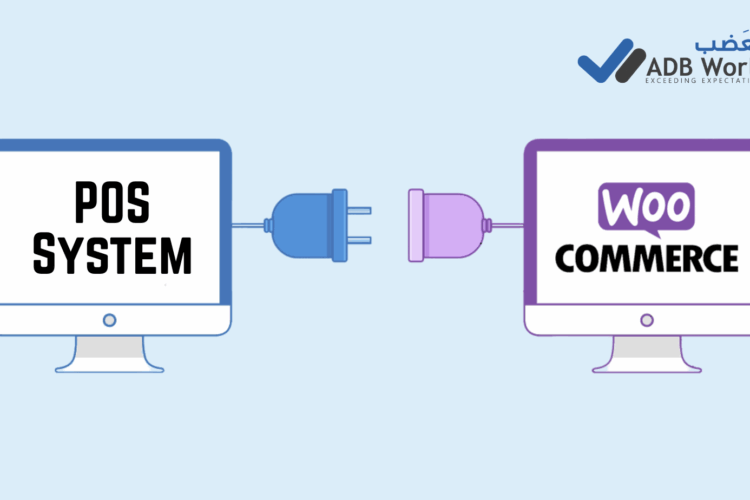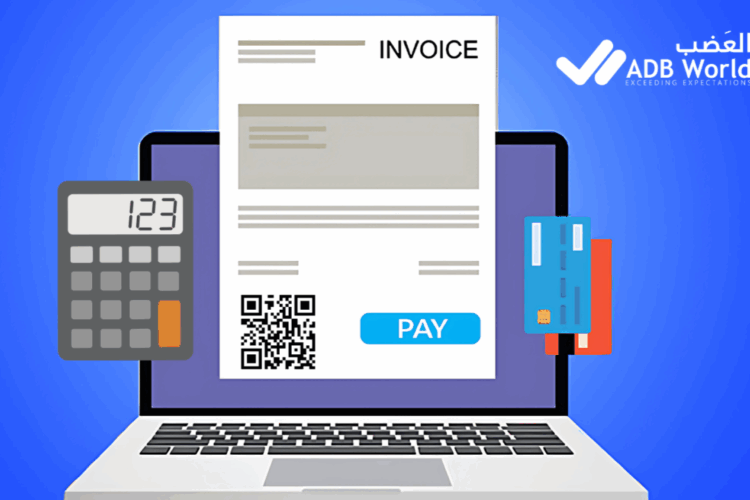
Zakat, Tax and Customs Authority (ZATCA), serving as the e-invoicing enforcing authority in Saudi Arabia (SA), has formally declared the graduation of phase 2 of e-invoicing starting from January 1, 2023. Also, on June 24, 2022, ZATCA special that the initial target for this segment encompasses Value Added Tax (VAT) registered taxpayers whose revenue handed 3 billion SAR for the monetary year ending in 2021. To comply with the upcoming requirements, these applicable taxpayers are mandated to initiate the integration of their Enterprise Resource Planning (ERP) and accounting systems, ensuring preparedness for e-invoicing by the stipulated date.
Latest Updates
December 23, 2022 ZATCA announced that businesses in KSA with a turnover exceeding SAR 500 million but less than SAR 3 billion fall under the second targeted group or wave 2 of phase 2 of e-invoicing. These businesses are required to integrate their ERP/POS systems with ZATCA’s Fatoora portal starting from July 1, 2023.
March 24, 2023 ZATCA announced the third wave under phase 2 of Saudi Arabia e-invoicing. According to the announcement, businesses with a VAT turnover between SAR 250 million and SAR 500 million during 2021 or 2022 are included in wave 3 of … … … phase 2. These businesses are required to integrate their ERP/POS systems with ZATCA’s Fatoora portal starting from October 1, 2023.
April 28, 2023 ZATCA announced the fourth wave under phase 2 of Saudi Arabia e-invoicing. According to the announcement, KSA VAT-registered businesses with a turnover between SAR 150 million and SAR 250 million during 2021 or 2022 are included in wave 4 of phase 2. These businesses are required to integrate their ERP/POS systems with ZATCA’s Fatoora portal starting from November 1, 2023.
May 26, 2023 ZATCA announced the fifth wave under phase 2 of e-invoicing in Saudi Arabia. According to the announcement, businesses registered under KSA VAT with a turnover exceeding SAR 100 million during 2021 or 2022 are included in wave 5 of the integration phase of e-invoicing. These businesses are required to integrate their ERP/POS systems with the Fatoora portal starting from December 1, 2023.
June 16, 2023, ZATCA announced the sixth wave under phase 2 of Saudi e-invoicing. According to the notification, businesses registered under KSA VAT with a turnover exceeding SAR 70 million during 2021 or 2022 are included in wave 6 of phase 2. These businesses are required to integrate their ERP/POS systems with ZATCA’s Fatoora portal starting from January 1, 2024.
July 28, 2023 ZATCA announced the seventh wave under phase 2 of Saudi e-invoicing. According to the notification, businesses registered for VAT with a turnover exceeding SAR 50 million during 2021 or 2022 are included in wave 7 of phase 2. These businesses are required to integrate their ERP/POS systems with ZATCA’s Fatoora portal starting from February 1, 2024.
August 23, 2023 ZATCA announced the eighth wave under phase 2 of Saudi e-invoicing. This wave applies to KSA businesses registered under VAT with a turnover exceeding SAR 40 million in 2021 or 2022. These businesses are required to integrate their ERP/POS systems with ZATCA’s Fatoora portal starting from March 1, 2024.
Applicability of Phase 2 E-Invoicing
Q: When is the start date for Phase 2 of e-Invoicing in Saudi Arabia (KSA)?
Phase 2 of KSA e-Invoicing is set to commence on January 1, 2023.
Q: What is the scope or applicability of the second phase, also known as the integration phase?
ZATCA, the implementing authority, has designated the second phase as the integration phase. During this stage, applicable taxpayers are required to generate e-invoices (Fatoorah) using compliant e-invoicing solutions that meet specified technical requirements. Integration with ZATCA’s system is a mandatory component of this phase.
Q: When will the implementation of Phase 2 of KSA e-invoicing take place?
Phase 2 of KSA e-invoicing will be implemented from January 1, 2023, with a phased rollout for targeted taxpayer groups. These groups will receive information about the new system’s requirements at least six months before the designated implementation date.
Q: How will I receive information about Phase 2 of e-Invoicing (Fatoorah)?
ZATCA will notify businesses about Phase 2, set to commence on January 1, 2023, for the first target taxpayer group. The announcement, made on June 24, 2022, specified that the initial target group comprises businesses with revenue exceeding SAR 3 billion in the calendar year 2021. Additionally, ZATCA outlined those businesses in KSA with a turnover greater than SAR 500 million but less than 3 billion fall under wave 2 of Phase 2, requiring them to integrate their ERP/POS with the Fatoora portal starting from July 1, 2023. The 6-month notice for Phase II implementation means businesses should be prepared before January 1, 2023, as ZATCA announced the first targeted taxpayers’ group, with revenue over SAR 3 billion, on June 24, 2022.
Q: Is there a specific deadline until which businesses must prepare for Phase 2 of e-Invoicing?
No, businesses are not granted time until June 30, 2023. Six months prior to the implementation date, ZATCA will announce the targeted taxpayers group. For instance, the announcement on June 24, 2022, revealed that businesses with revenue exceeding SAR 3 billion during the calendar year 2021 are part of the first targeted group, requiring integration and readiness for Phase 2 by January 1, 2023.
Q: Has ZATCA initiated the integration process for Phase II for any specific industry?
ZATCA specified on June 24, 2022, that businesses with revenue surpassing SAR 3 billion will commence integration with the Fatoorah portal. Notably, Phase II’s applicability is determined based on revenue rather than industry specifics.
Integration under phase 2 e-invoicing
Q: What technical requirements must be adhered to for Phase 2 of the e-invoicing system (Fatoorah)?
For Phase 2 implementation starting on January 1, 2023, in waves for targeted taxpayer groups, it is essential to ensure that tech teams and service providers reconfigure e-invoicing solutions to meet additional technical requirements beyond those of Phase 1. Compliant e-invoicing solutions must be integrated with ZATCA’s system to generate e-invoices in a standard format.
Q: What invoice formats are required to be handled in the new e-invoicing regime?
Businesses must typically manage various invoice formats, including Standard tax invoice, Simplified tax invoice, Credit note, Debit note, Nominal invoice, Self-bill, Export invoice, Third-party invoice, and Summary invoice.
Q: What activities are not allowed under Phase 2 of the e-invoicing (Fatoorah) system?
In addition to the prohibited activities outlined in Phase 1, Phase 2 prohibits the export of the stamping key and time change.
Q: How can I check if my invoice fields comply with ZATCA standards?
To ensure ZATCA compliance, refer to the ZATCA data dictionary and data implementation rules. Additionally, verify whether your invoicing process aligns with prevailing e-invoicing rules.
Q: Should I continue following Phase 1 requirements until Phase 2 applies to me?
Yes, continue adhering to Phase 1 requirements until notified by ZATCA to integrate into Phase 2.
Q: Am I obligated to implement Phase 2 requirements?
No, implementation of Phase 2 requirements is not mandatory until you receive notification from ZATCA regarding the integration enforcement date.
Q: Are changes required in the current invoicing process flow to comply with ZATCA-compliant guidelines?
Yes, update your invoicing process to capture compulsory fields as per Phase 2. System changes may be necessary to achieve compliance.
Q: How can my systems create ZATCA-compliant invoices?
Compliance involves functional aspects such as invoice creation date and technical aspects like QR codes and UUIDs. Ensure your system contains all required fields for both functional and technical compliance.
Q: How can I verify the successful integration of my e-invoicing solution?
Once onboarded onto the EGS, ZATCA will notify you of the successful integration. Additionally, you can use the Fatoorah portal to view a summary list of all integrated e-invoicing solutions.






